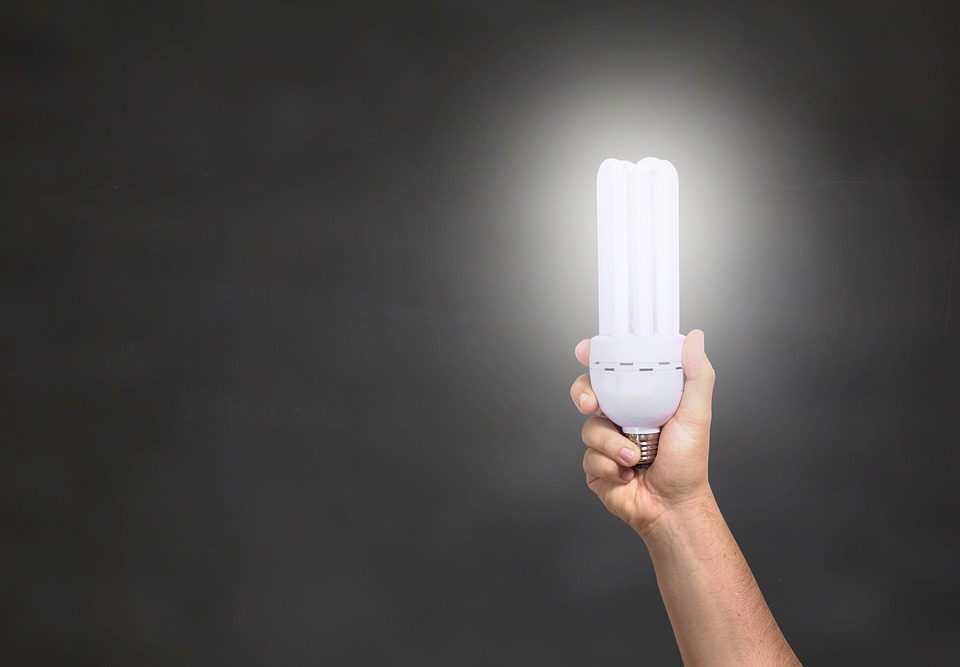With energy efficiency becoming a more prevalent concern across the UK, it’s fair to say that environmental health is an increasingly important part of 21st century life.
Luckily, there are a whole host of things we can do to save energy in the home. Best of all, not only will this save energy, it’ll also save you money on your energy bills at the same time!
So, prepare to become a culinary conservationist, as we run down our top tips on how to save energy while cooking.

Energy-Efficient Cooking Choices
The way you run your kitchen can have a dramatic impact on the amount of energy you use. Keep your kitchen running hot without burning money by following these helpful energy-saving culinary tips.
Be Efficient
When it comes to cooking efficiently, not all appliances are created equally. Fan-assisted ovens allow the heat to circulate more evenly around the oven, allowing you to cook at a lower temperature which ultimately uses less energy.
Meanwhile, when it comes to heating or reheating your food, the microwave is almost always the better option. Not only is it considerably quicker, its modest size within allows it to focus the heat on the specific item you are cooking.
Knowing your way around the kitchen can also help increase energy efficiency. Certain pan types are better conductors than others, e.g. copper-bottom pans heat up quicker than stainless steel.
Meanwhile, investing in items like a stackable double-steamer will allow you to cook twice as much using a single hob, as opposed to sharing them out on separate burners.
Size Matters
When using the hob, be sure to use the right size pan for your ingredients. Heating a large pan for the purpose of frying a single 4oz steak will waste energy unnecessarily, so be sure to use the right size tool for the task at hand.
Similarly, an oversized pan on an undersized burner will take longer to heat up to the correct temperature, so it’s equally as important to use the correct hob for your pan of choice as well.
A flat-bottom pan is also a better choice for electric hobs as they allow the entirety of the base to be in contact with the heat source, causing it to heat up more evenly and therefore more efficiently.
Switch Off
While certain items in the kitchen are required to be on 24/7 (such as fridges and freezers), there’s no need to keep other large appliance on standby. Items like the dishwasher or washing machine can easily be switched off when not in use without any issues or repercussions.
Meanwhile, you can even turn off your microwave and electric oven off at the plug to save energy. While it can be annoying having to reset the digital clock, over time, this habit can make a notable difference.
How to Save Energy While Cooking
While the last section highlighted a number of great ways to save energy in the kitchen through the equipment you choose and the choices you make prior to cooking, what about saving energy while you cook?
Well, we’ve got you covered there too. Check out these energy-efficient cooking tips you can try the next time you make a meal.
Boiling Point
If you need to boil water, use the kettle instead of the hob, if possible. Electric kettles are typically very efficient and will boil the water considerably quicker, therefore saving energy in the process.
If you need to boil pasta or vegetables on the hob, you can then simply transfer the water from A to B as necessary. Once transferred, always use a lid as this will use less energy to maintain/increase heat if required.
Meanwhile, don’t put more water in than you actually need as this will naturally extend the boiling time and use more energy as a result. If you’re only going to make a single cuppa, there’s no need to fill it to the top.
An Early Finish
A fully-working oven is great for retaining heat. As such, you can actually switch off your oven in advance of it’s scheduled cooking time expiring, saving energy in the process.
Provided the door remains closed, a good oven will retain its optimal temperature for some time after the oven is switched off, allowing you switch it off five or (in some cases) even ten minutes before your timer reaches zero.
Similarly, electric hobs also retain their heat for a while after they have been switched off. If you’re boiling up a storm on the electric hob, why not switch off the burner a couple of minutes early to save some energy.
Behind Closed Doors
A sure-fire way to cool down your oven instantly is to open the door dooring cooking. This is a bad habit for many and one that also has a notable impact on the rate of cooking.
Every time you open the oven door, the temperature can drop dramatically, as much as 25 degrees in a single go. From there, it will naturally need to use more energy to once again reach the temp you want.
To avoid the need to open and re-open your oven continuously to check on the progress of your meal, keep your oven glass clean. This will allow you to peer in to check your food without requiring you to open the door.
Conversely, it’s also important to be hot off the mark when it comes to putting your food in at the start as well. Pre-heating your oven only to return long after it’s reached the chosen temp is not energy efficient.
As such, keep an eye on your oven while it pre-heats so you can load your food as soon as it has reached your desired temp.
Remember, a dodgy oven can also use notably more energy than a healthy one operating at full capacity. Keep your oven firing on all cylinders with our range of replacement cooker parts. Call now for more info or click the button below.
Get in Touch